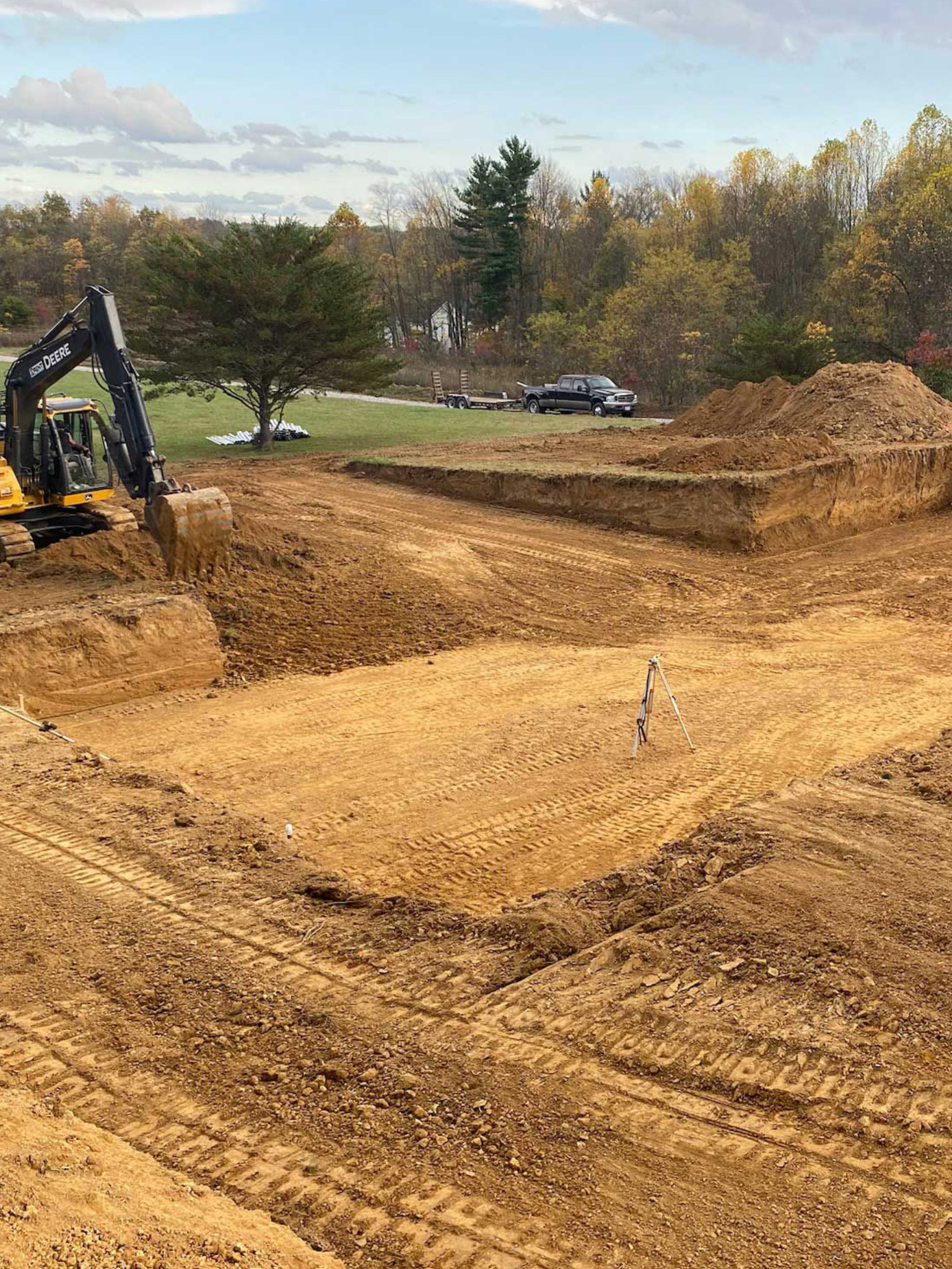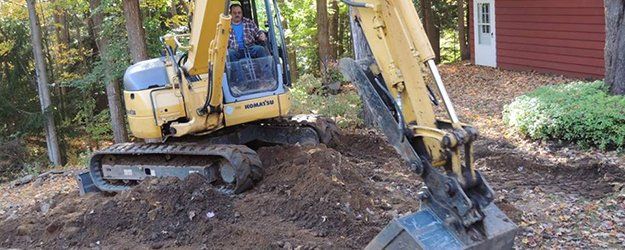Revealing the Art of Excavation: Pro Tips for Safe and Productive Excavating
As dirt is turned and planet is relocated, the complexities of excavation expose themselves, demanding an eager understanding of devices, dirt composition, safety and security methods, and environmental factors to consider. The expertise required to browse these components effectively can suggest the distinction between a successful excavation task and a prospective catastrophe.
Value of Appropriate Equipment
To make sure the safety and efficiency of any type of excavation project, utilizing the proper devices is extremely important. Excavation projects differ in extent and intricacy, varying from little household landscape design tasks to large-scale construction undertakings.
Excavators are basic pieces of machinery in any type of excavating operation. These flexible devices can be found in various sizes to suit different task requirements. Small excavators are perfect for smaller jobs, while larger excavators deal with extra considerable tasks effectively. Backhoes are one more important devices kind, incorporating the functions of a loader and an excavator in one device. They are valuable for jobs needing flexibility and ability to move.
Excavators succeed in tasks that require pressing huge amounts of soil or particles. By spending in the appropriate devices, excavation tasks can be completed securely, on time, and with accuracy.
Recognizing Soil Structure
A thorough grasp of soil composition is fundamental for performing excavation tasks with precision and security. Comprehending the various sorts of soil is vital as it straight influences excavation methods, equipment selection, and total project effectiveness. Dirt structure generally contains 4 main components: sand, silt, clay, and natural matter. Each element has one-of-a-kind residential properties that affect just how dirt responds to excavation procedures.
Silt particles are smaller than sand however bigger than clay, offering modest water drainage and cohesion. Organic matter, such as decaying plant product, influences dirt fertility and security.
Prior to beginning excavation, conducting soil examinations to establish its make-up and attributes is vital. This details assists in selecting the proper tools, carrying out precaution, and establishing excavation approaches tailored to the certain soil conditions - lancaster trenching. By comprehending soil structure, excavation professionals can enhance task results while ensuring security and adherence to ideal techniques
Precaution and Methods
Understanding dirt composition is the foundation whereupon precaution and procedures for excavation tasks are built, guaranteeing the wellness of employees and the success of the endeavor. When it pertains to safety during excavation, there are a number of vital steps that need to be applied to minimize risks and prevent crashes.
First and primary, prior to any digging begins, a comprehensive examination of the website should be conducted to determine any kind of possible dangers such as underground energies, unsteady soil problems, or neighboring frameworks that can present a risk. It is vital to have a proficient individual look after the excavation process to make certain that all security procedures lancaster excavation are followed purely.
Furthermore, all employees associated with the excavation needs to be correctly trained in safe digging techniques and the proper procedure of devices. Personal safety tools (PPE) such as construction hats, high presence clothing, gloves, and safety and security boots should be worn at all times to lessen the danger of injuries. septic ohio. Normal safety and security meetings and tool kit talks must additionally be conducted to keep all employees educated concerning prospective risks and enhance secure work methods. By adhering to these precaution and procedures, excavation jobs can be finished successfully and without incident.
Efficient Excavation Planning
When embarking on an excavation job, careful preparation is necessary to make sure performance, safety, and successful outcomes. Efficient excavation planning involves several vital steps that are critical for the smooth execution of the project.
When the site evaluation is complete, the following action is to develop a clear timeline and timetable for the excavation activities. This includes determining the sequence of tasks, equipment requirements, and manpower allowance. Proper scheduling aids avoid hold-ups and ensures that the task stays on track.

Additionally, communication amongst all employee is vital throughout the planning phase. Clear instructions, regular updates, and effective coordination are crucial for an effective excavation project. By investing time and effort in careful preparation, excavation groups can significantly boost performance, reduce threats, and accomplish effective end results.

Managing Environmental Considerations
With enhancing emphasis on environmental sustainability in building techniques, handling ecological factors to consider has come to be an essential aspect of excavation tasks. Excavation activities have the potential to affect the surrounding environment through dirt erosion, sediment runoff, environment disruption, and contamination of water sources. To alleviate these risks, it is vital to execute best methods that prioritize environmental management.

In addition, appropriate waste monitoring is critical to avoid dirt and water contamination. Applying procedures for the disposal of harmful materials, recycling of waste materials, and minimizing the use of unsafe chemicals can dramatically decrease the environmental effect of excavation jobs. By integrating these methods into excavation planning and implementation, building companies can make sure that their tasks are not only risk-free and effective however additionally environmentally accountable.
Conclusion
In final thought, understanding the art of excavation requires a detailed understanding of proper devices, dirt composition, security measures, and effective preparation. By complying with these guidelines and considering ecological elements, excavations can be performed safely and efficiently. It is critical to focus on safety and security and performance in every digging project to make sure successful results.
As soil is transformed and earth is relocated, the ins and outs of excavation reveal themselves, requiring a keen understanding of devices, dirt structure, safety and security procedures, and ecological factors to consider.To ensure the security and performance of any type of excavation task, utilizing the proper equipment is vital.An extensive understanding of soil structure is basic for performing excavation tasks with precision and security. Understanding the various kinds of soil is vital as it straight impacts excavation techniques, tools selection, and general project efficiency. By recognizing dirt composition, excavation professionals can improve task results while ensuring safety and adherence to finest methods.